Sony’s C-80 condenser microphone offers recording brilliance in a compact form factor
Can the diminutive Sony C-80 reproduce the compelling magic of its $11,000 sibling, the C-800G?
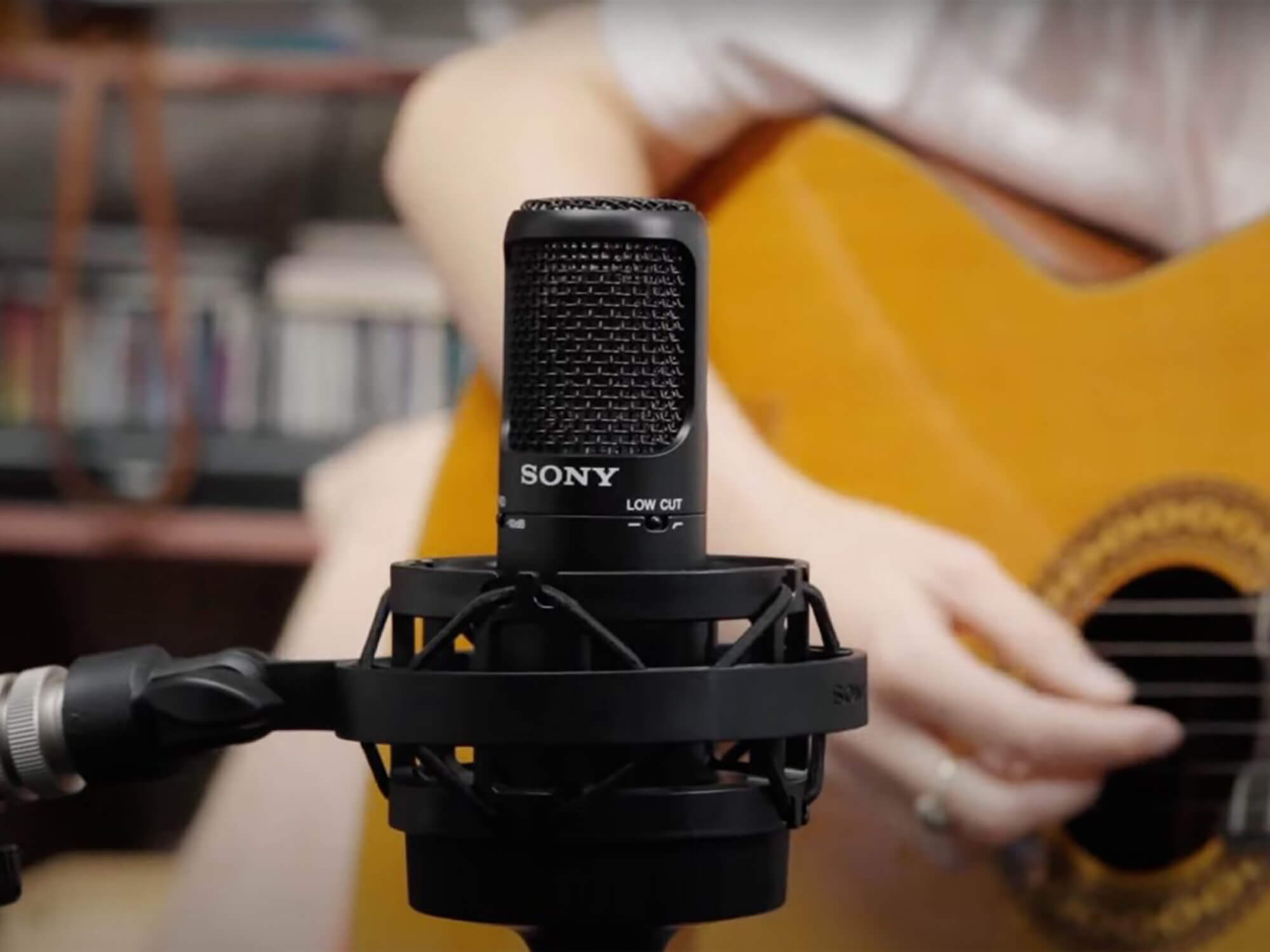
Sony C-80. Image: Sony
Review Overview
Our rating
8
Our verdict
⊕ Compact size makes it easy to place
⊕ Dual diaphragm design limits excess proximity boom or thinning
⊕ Pad switch handy for loud sources
⊕ Natural off-axis response
⊖ Faces fierce competition from mics costing less
⊖ Smooth high mids might not suit punchy vocal lines
⊖ No mic stand thread adapter included
How can you make the power of an $11,000 microphone more accessible to studios around the world? Sony’s C-80 may be an ideal solution.
READ MORE: Warm Audio WA-8000 review: if the Sony C-800G had a kid, this would be it
The tech giant’s recent C-series shares construction technology with the lauded Sony C-800G, the ultimate, high-end, bright tube mic for countless pop, rap and country artists. To evoke the spirit of the C-800G at a lower price point, Sony launched the C-100 in 2018 with a two-way condenser and back-electret capsule, multiple polar patterns and a frequency response extending all the way up to 50kHz.
Sony’s new C-80 comes in at less than half the price of the C-100 and has a fixed, cardioid pattern. However, it sports a second diaphragm with the sole purpose of taming the unwanted effects of proximity, rather than capturing a signal.
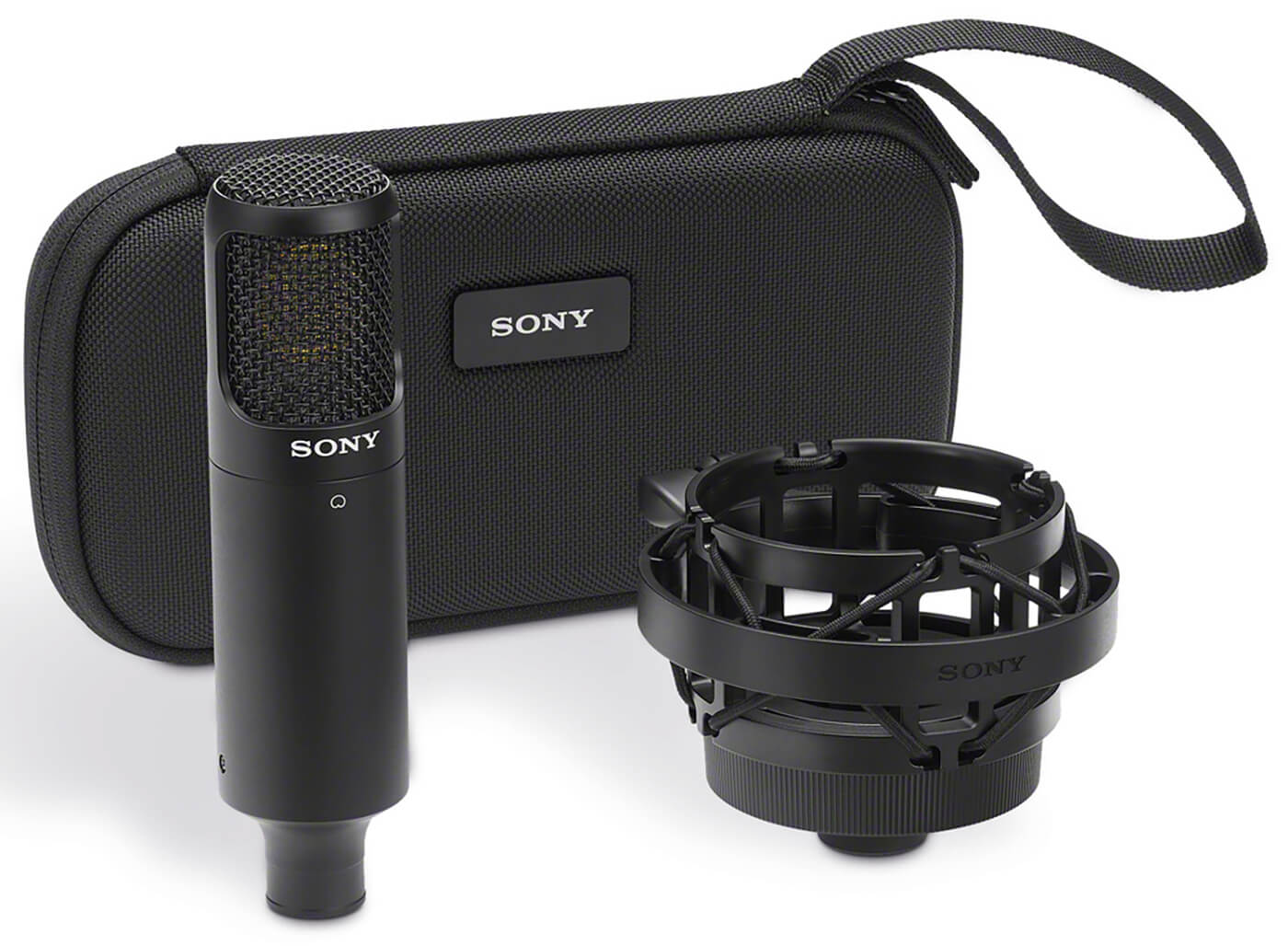
The C-80’s build quality is first-rate, as you’d expect from Sony. Although compact, the mic body is reassuringly heavy, the onboard pad and filter switches don’t feel flimsy, and there’s no unwanted spring in the headbasket either. The overall impression is that it’s made with care and made to last. The included shockmount – albeit plastic in construction – is also sturdy, gripping the mic body tightly but, unfortunately, there’s no 5/8”-to-3/8” thread adapter in the box. A little stingy, Sony, and frustrating to discover mid-session!
At 25mm, the C-80’s main capsule falls more into the medium-diaphragm category, giving a slightly keener transient response than a large-diaphragm design, and typically lower levels of self-noise than a small-diaphragm mic.
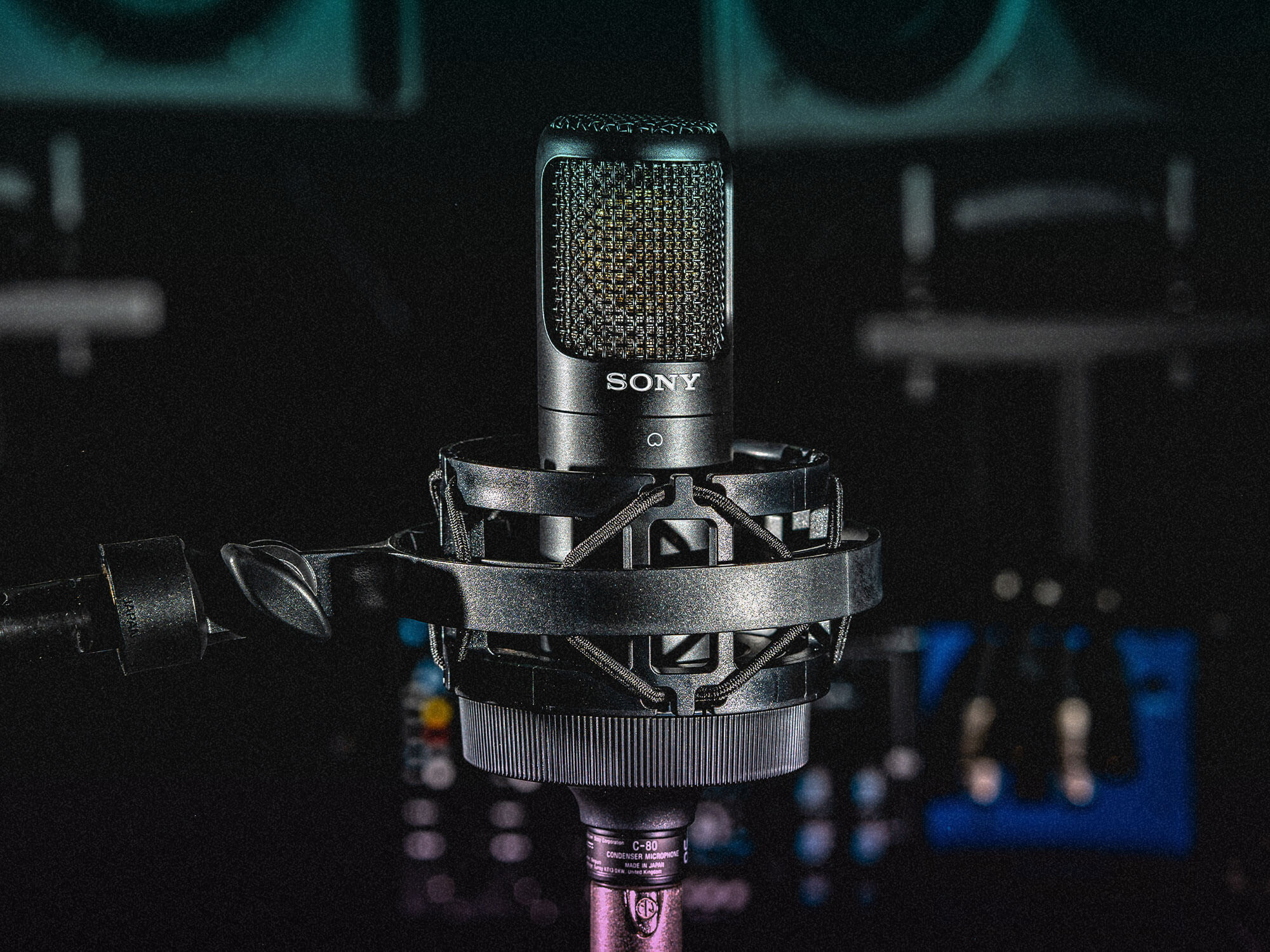
Given the mic’s physical size, you’d easily be able to position it in a tight spot and enjoy the advantages of a medium-diaphragm mic tuned for vocal clarity in applications where you’d typically only be able to fit a small-diaphragm pencil condenser.
Its slightly slower transient response compared to a small-diaphragm mic and vocal-tuned presence peaks would be well-suited for capturing a sizzly, peaky snare bottom, for example. Here, the pad is a welcome addition.
In the studio, the C-80 impresses on female vocals with a high-frequency presence, shaping the sound so it’s immediately closer to the final product. Such clarity also means that the live mic signal in the foldback is well-defined and differentiated from the acoustic signal outside the headphones without adding EQ or having to resort to a louder headphone mix.
Our vocalist can easily tell the difference between the acoustic and mic’ed signal while also enjoying the brightness of the C-80’s response.
We do perceive a lack of bite in the high-mid range though – handy when layering lots of pop vocal lines perhaps, although perhaps lacking the push required to allow a solo vocal line to cut through a hectic mix.
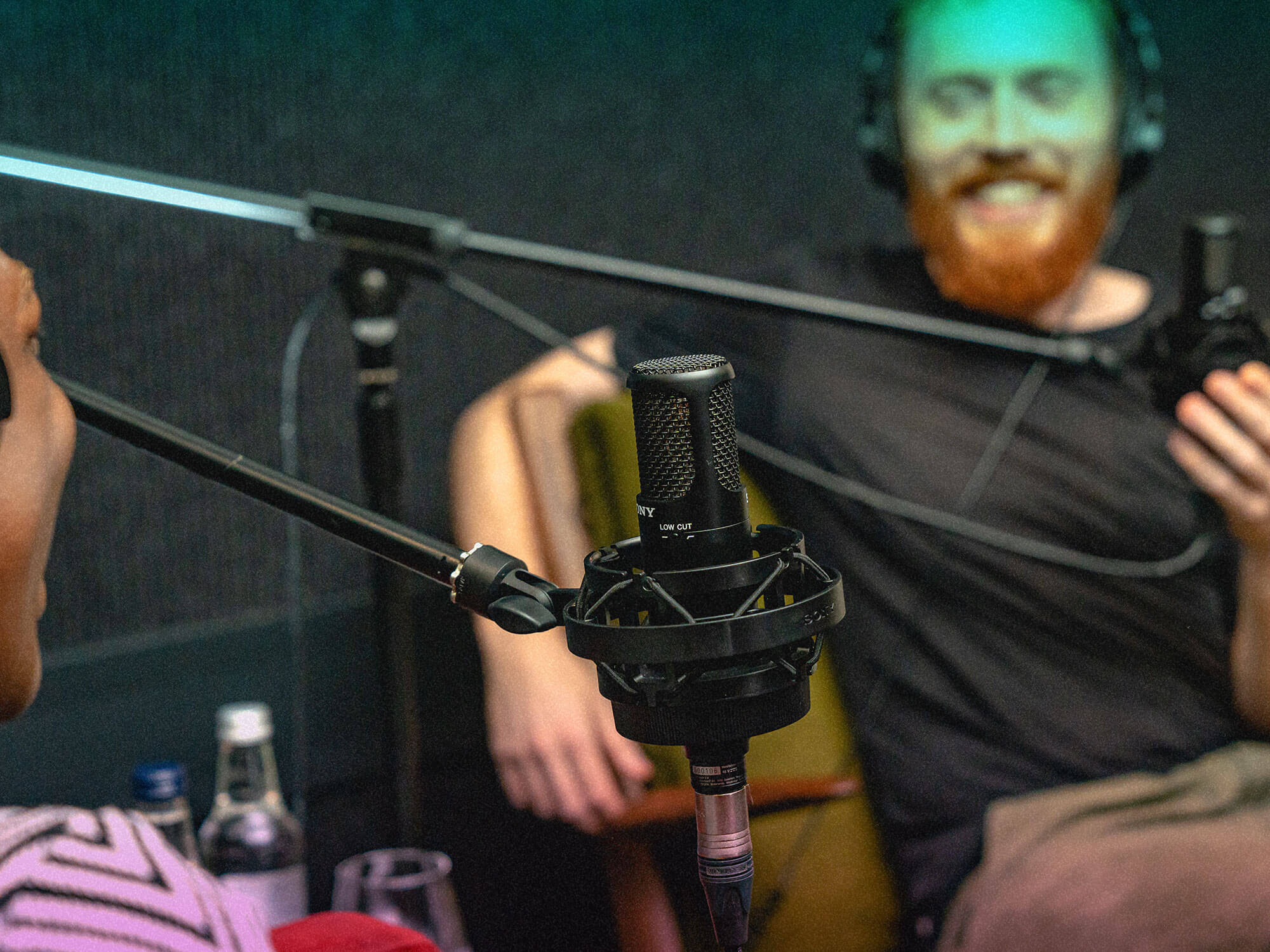
On acoustic guitar, the recordings are equally flattering. The high-frequency lift isn’t brittle but allows for some upper harmonic richness and plectrum attack that don’t usually get captured with such clarity. The C-80 is a mic that feels somehow more three-dimensional than the limits of its mono sound field. The dual-diaphragm design, meanwhile, keeps sounds less boomy up close and not excessively thin further out from the source. Nice!
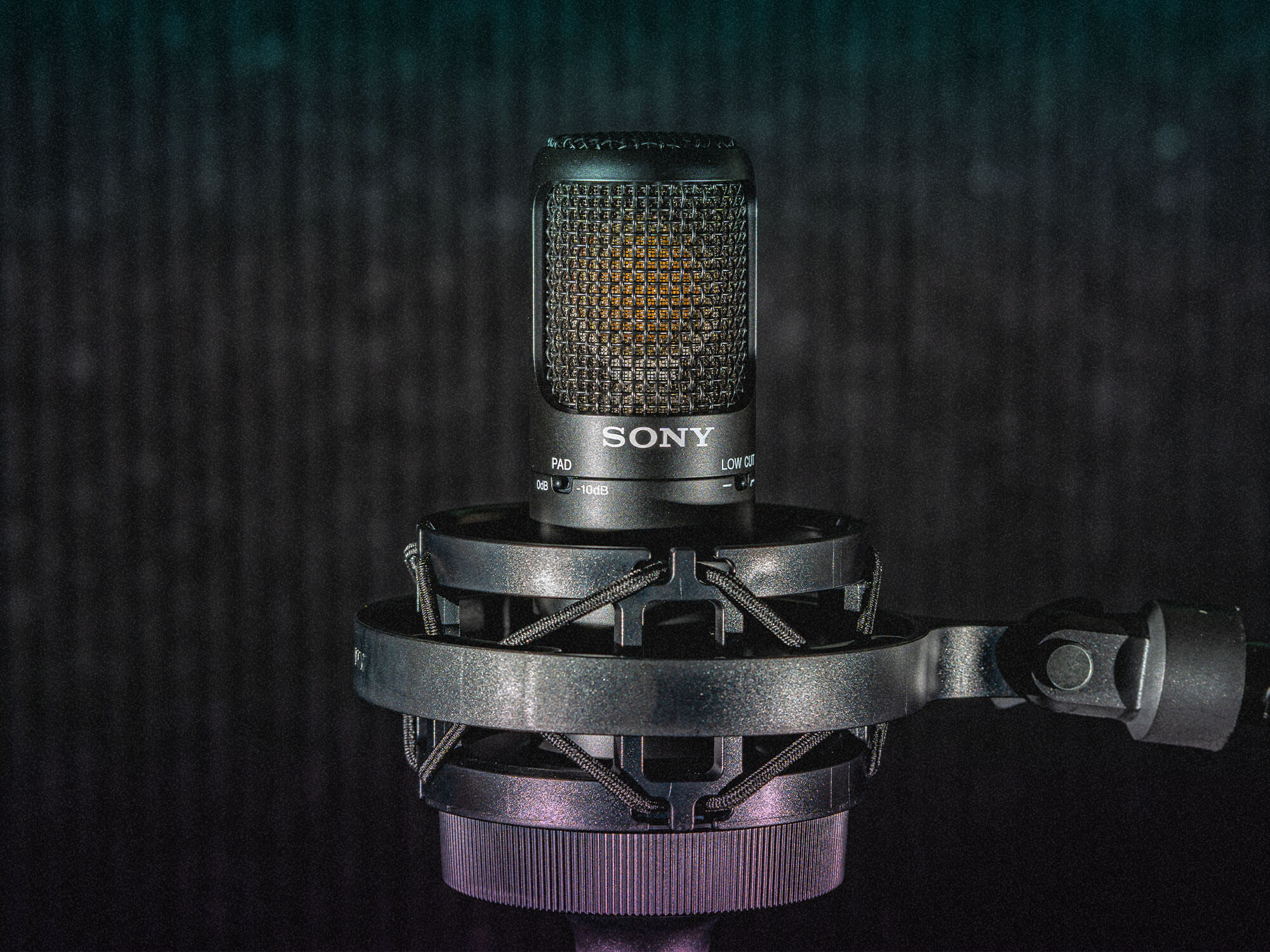
Around the back, in the null point of the cardioid pattern, the off-axis response is really natural, without nasty scoops, resonance or phase-y qualities. This is another key selling point for the mic’s potential use in broadcast (such as with multiple presenters) or when there’s lots of spill going on around the mic.
Mics with well-behaved off-axis responses allow you to live with – and even embrace – spill as you don’t spend all your time trying to cut it because it sounds awful.
In a crowded market, Sony’s C-80 has stiff competition and is a tad expensive. But, if you like your vocals and guitars with a bright sheen out of the gate, or you’re inspired by the signature sound of the much-more-expensive C800G, it could prove to be a cost-effective winner for you. Compact size, a great off-axis response and useful pad/filter switches all add to its versatility.
Key features
Price: £499 street price
Cardioid condenser
25mm diaphragm
Second diaphragm to minimise effects of proximity
20Hz-20kHz frequency response
12.5dB self noisech
High pass and pad switches
Anti-vibration technology on mic body
Dimensions: 40 mm × 158 mm
Weight: 215g
Comes with suspension cradle and padded carry case